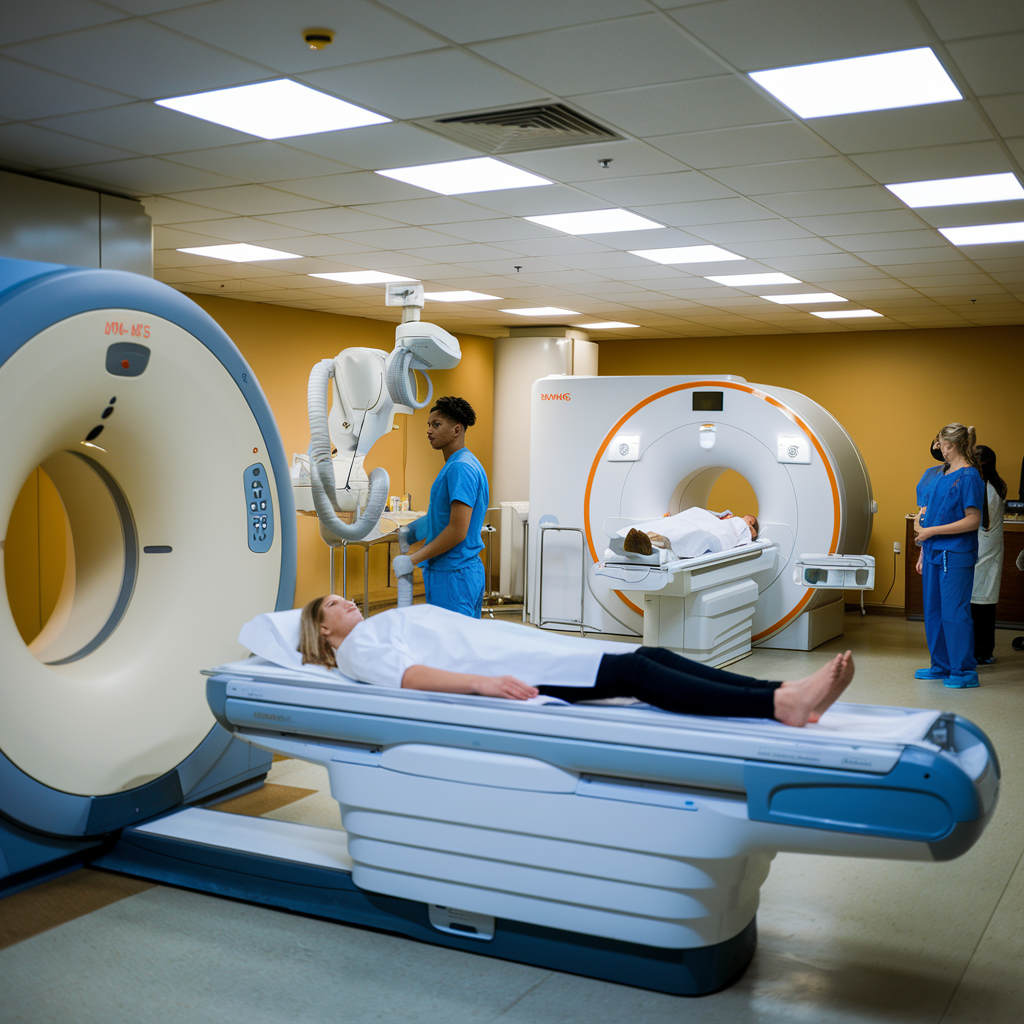When visiting a pregnancy support center for your ultrasound, understanding what to expect can help ease any nerves you may have.
During the procedure, you’ll lie on an exam table while a sonographer uses a transducer and gel to send high-frequency sound waves through your abdomen.
This painless process creates images of your fetus without the use of ionizing radiation, unlike an x-ray.
What are 2D and 3D Ultrasound Differences?
Many clinics offer both 2D and 3D ultrasound pregnancy options; the former gives you a flat image while the latter provides clearer, more dimensional views that can help detect any potential abnormality, such as trisomy 18. You may need to change positions or drink water to ensure a full bladder for the best results.
At your appointment, you’ll see the position of your baby and learn more about your due date and the health of your pregnancy. The ultrasound machine uses sound waves to produce these images, providing diagnostic information that can be essential for monitoring your pregnancy.
If you have any concerns or questions, be sure to talk to your health care provider before the scan. Understanding the differences between 2D and 3D ultrasound can help you determine which option may be best for you, as many clinics offer both types of imaging. With the right preparation, you’ll be able to get the most out of your ultrasound experience.
What to Expect at Your Prenatal Ultrasound Appointment?

When you arrive at your pregnancy support center for your fetal ultrasound, you can expect a warm and welcoming environment.
If you’re nervous, remember that this exam is a routine part of obstetrics. Typically performed around 26 to 30 weeks, the ultrasonography will help your provider assess the development of your baby and the health of your uterus. During the external scan, a handheld probe, often referred to as a wand, will be gently moved over your abdomen to create a picture of your baby.
Your provider might also check for any abnormalities, including blood flow issues, and may request additional scans if necessary. It’s important to note that this procedure won’t be able to use ionizing radiation, making it a safe option for monitoring your pregnancy. If you share a placenta or have other concerns, your provider can guide you on what to expect at your appointment.
How Can You Schedule Your Ultrasound Effectively?
To schedule your ultrasound scan effectively, it’s crucial to choose the right time during your pregnancy. The best time to schedule your prenatal ultrasound is generally around 26 to 30 weeks, as this provides a better view of the developing baby and allows for detailed information about the amniotic sac and other structures like the ovary and carotid artery. It’s advisable to consult with a pregnancy support center or your healthcare provider about the timing and necessity of the scan, as they can recommend ultrasounds based on your specific needs.
When looking to find a clinic for your ultrasound, consider facilities that specialize in obstetric care and offer the best ultrasound technology, including 3D ultrasound capabilities. The technician will use a hand-held instrument called a transducer to capture clearer images of the area being examined. Before scheduling, gather essential information such as your medical history and any previous ultrasound results, as this will help ensure you receive the best care possible.
Can You Find Out Sex of Your Baby During a 3d Ultrasound?
Many expectant parents wonder if they can determine the sex of their baby during a 3D ultrasound. Generally, the best time to find out the baby’s sex is around 26 weeks into the pregnancy, when the ultrasound exam can reveal clear images of the baby’s developing anatomy.
During this type of ultrasound, a technician may be able to identify the baby’s sex by examining the gland structures visible on the scan. However, the accuracy of gender prediction can be influenced by several factors, including the position of the baby and the quality of the imaging equipment used.
While 2D ultrasound scans are common for early prenatal care, the 3D ultrasound provides a more detailed view, allowing for better visualization of fetal development. It’s important to note that while this non-medical scan can provide important insights, it is not a definitive method for determining gender.
What to Do If You Don’t Want to Know the Sex?
If you’ve decided that you don’t want to know the sex of your baby during pregnancy, there are several ways to navigate this choice.
When you visit a pregnancy support center, you can discuss your preferences with a counsellor who can guide you through the process.
Some parents find that narrowing their baby gear choices to neutral colours helps maintain the surprise. Additionally, you can opt for screening tests that focus on the health of the baby rather than its gender. Enjoy the journey and embrace the mystery until your little one arrives!
What Are the Next Steps After Your Ultrasound?
Once the ultrasound is complete, schedule a follow-up appointment with your healthcare provider to discuss the findings. This is a vital time to prepare for any potential concerns or next steps in your pregnancy. Bring up any questions you may have regarding the results, and don’t hesitate to seek guidance from a local pregnancy support center for additional resources and support during this exciting yet sometimes overwhelming time.
Conclusion:
As you embark on this incredible journey of motherhood, it’s essential to consider the benefits of a 3D ultrasound for your baby. This advanced imaging technology not only enhances the experience of ultrasound, but it also provides valuable insights into the health and development of your little one.
Whether you’re opting for 3D or 4D, rest assured that these procedures are generally safe and can help identify important indicators.
At our pregnancy support center, we prioritize your peace of mind and the well-being of your baby. The detailed visualization offered by a 3D ultrasound can create unforgettable bonding moments while ensuring you’re getting the best care possible. Don’t wait any longer to experience this remarkable technology.
contact us today to learn more about our ultrasound services and schedule your appointment!










